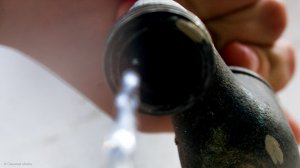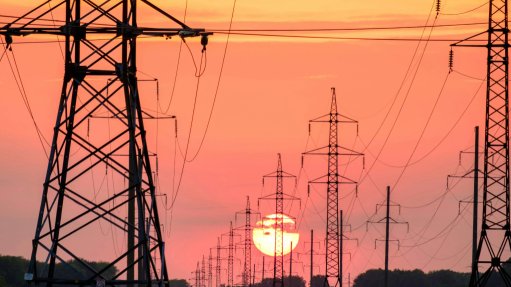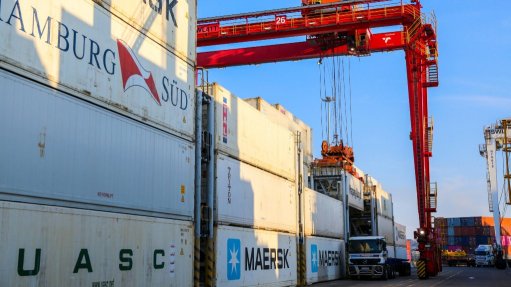World to face water scarcity by 2050

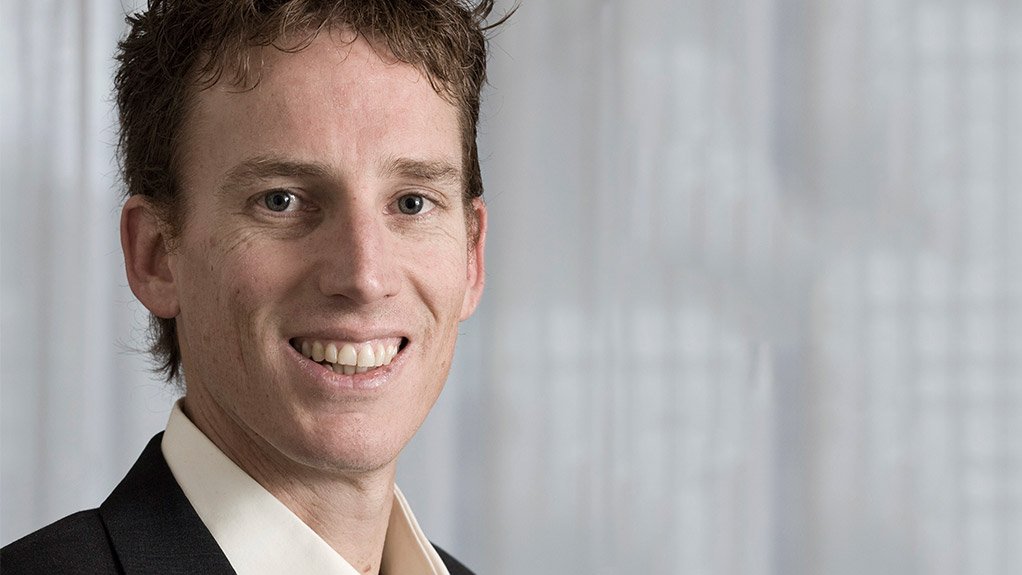

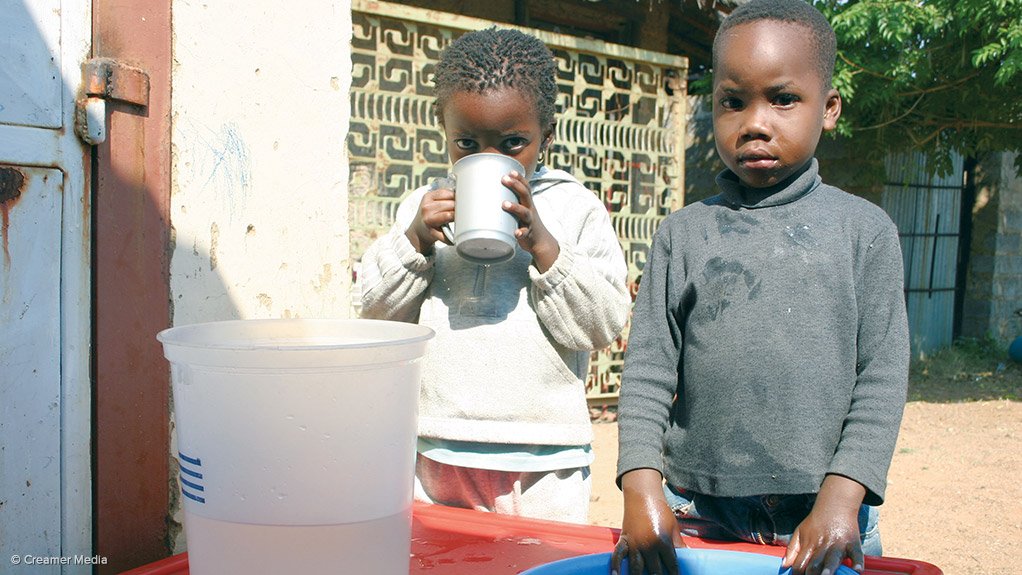
ANTON EARLE The City of eThekwini is a world leader in promoting innovation in the conservation and reuse of water
TAKEN FOR GRANTED Undervaluing water makes it difficult to convince people that it is a scarce and precious resource that has to be conserved
BASIC HUMAN RIGHT Up to two-billion people still lack access to safe drinking water and 2.5-billion do not have adequate sanitation
The Organisation for Economic Cooperation and Development estimates that, by 2050, more than 60% of the population in Brazil, Russia, India, Indonesia, China and South Africa, will live under severe water stress.
“Unless powerful measures are taken to boost water productivity, we run the risk of severely constraining economic growth and global wellbeing through water scarcity,” says World Water Week director Karin Lexen.
She adds that there are several big global water challenges. “Firstly, the demand for fresh water is increasing dramatically, particularly in rapidly developing economies.”
Further, according to policy advisory organisation the Stockholm International Water Institute (SIWI) up to 3.5-billion people still lack access to safe drinking water and 2.5-billion do not have adequate toilets, despite concerted efforts from some govern- ments over the last decade, Lexen adds.
“In addition to being an infringement on human rights and causing diseases, this water shortage situation also has significant economic implications by draining human resources, especially in sub-Saharan Africa and in South and South-East Asia,” she adds.
Thirdly, disasters triggered by hydro- meteorological events, floods, droughts and windstorms account for almost 900 of the 1 000 most disastrous events over the last century.
“As global climate and weather patterns are changing, it is becoming difficult to predict where disasters may occur. However, it is likely that the historical patterns of droughts, floods and storms will be exacerbated,” says Lexen.
Communicating Universal Challenges
SIWI’s Africa regional centre director Anton Earle, who has worked in various parts of Africa, several countries in the Middle East, China and India, as well as in parts of Latin America, says there are two major challenges associated with perceptions around water.
“The first problem is that water is perceived as a gift from the heavens, with the implication that it should be free.” He says this perception leads to inefficient use and waste on a massive scale.
“Undervaluing water makes it difficult to convince people that it is a scarce and precious resource that has to be conserved. The issue of reflecting the scarcity value of water in a price needs to be discussed locally and globally,” adds Earle.
However, promoting such a proposition is, in most parts of the world, politically unpopular, says SIWI.
Earle says the second challenge is the perception that aquatic ecosystems are self-cleansing. “Some people believe that the solution to pollution is dilution.”
This perception leads to watercourses being treated like sewers, eventually diminishing the degree to which ecosystems can function.
“Often, the problem is an incremental one. No one person’s waste discharge is so severe as to warrant control. However, the cumulative impact of many people along a watercourse adds up to degraded water quality on a large scale,” says Earle, adding that people need to shift their mindset and change their attitude away from treating watercourses as rubbish heaps.
New-Found Focus on Water
In the absence of a regulated approach to the allocation and use of water, SIWI says two scenarios are governing access to bulk water resources.
One scenario is to treat water as a private good, which is usually based on ownership of land and was the approach in South Africa until the promulgation of the National Water Act of 1998.
“In this scenario, water is regarded as a private good, where water users choose to increase this benefit for themselves – often to the detriment of other users,” says Earle.
The other unregulated approach to water access is to treat it as a common-pool resource, which is typically the approach used to manage groundwater. “Users decide that it is not in their interest to limit their water use, as their neighbours would consume any water saved,” says Earle.
He highlights that the situation is slowly changing in many parts of Africa, owing to an increasing scarcity of water resources and the degradation of ecosystems through pollution. “In areas where electricity costs are increasing, there have been positive side effects in trying to reduce pumping costs, and there has been a reduction of water use, mainly through the fixing of leaks.”
Water Trends
Earle highlights that the basic technology for purifying water is not new, but great advances in desalination have been made. “The cost of the desalination process continues to decrease; however, the cost of energy needed for desalination will be a barrier in the long run.”
“Further, there have also been great advances in the treatment of wastewater, allowing for this source of water to become a revenue stream if managed well,” says Earle, adding that the City of eThekwini, in KwaZulu-Natal, South Africa, is a world leader in promoting innovation in the conservation and reuse of water.
The eThekwini municipal area contains a freshwater and marine environment, 18 river catchments and 97 km of coastline. The environment management department is constantly conducting research in the area to preserve its abundant ecosystem.
The Future of Water
Earle says there will be increased emphasis on the co-management of water and energy resources, as the two are closely linked across their respective value chains.
Most of Southern Africa is covered by a regional electricity production and transmission grid, with similar processes well under way in East Africa and West Africa. “These developments present opportunities for developing hydropower resources across the continent and supplying stable, well-priced electricity to stimulate economic development,” he adds.
The development of regional grids also creates an opportunity to increase the mix of renewable sources, such as wind and solar.
Further, countries are increasingly entering into collaborative projects for the development of their shared water and energy resources. “For example, the Rusumo Falls hydropower project, in Tanzania, is being implemented as a joint venture between Rwanda, Burundi and Tanzania on the Kagera river tributary of the Nile,” says Earle.
The project will increase renewable power generating capacity and access to electricity in Tanzania, Rwanda and Burundi.
He adds that this mutually reinforcing process enables countries to start unlocking the potential of their shared resources, with confidence and trust being established. This also leads to reduced political risk and the possibility of creating investment financing.
Further, it is not only the trade in elec- tricity that is impacting on water management – trading in physical goods also plays a role in allowing for comparative advantages to be exploited. “For example, the road-rail bridge currently under construction across the Zambezi river, at Kazungula, between Zambia and Botswana, will allow for agricultural produce from Zambia (which has relatively high rainfall) to be exported to markets in the more arid south of the region,” says Earle.
SIWI highlights that Africa’s water future is likely to be marked by greater collaboration among countries in sharing the benefits associated with water resources, greater integration among the water sectors and other sectors of the countries’ economies, as well as improved trade links across the continent.
World Water Week
The World Water Week is the largest global yearly platform for water-related issues. It provides a forum for the scientific, business, policy and civic communities to exchange their views, experiences and practices. It focuses on positive action and new thinking about water-related challenges and their impact on the world’s environmental, health, climate, economic and poverty-reduction agendas.
For several years, World Water Week has presented the Stockholm statement that addresses burning and relevant policy processes.
This Stockholm statement is part of raising awareness on the importance of water, including sustainable use and building resilience.
In 2014, SIWI plans to establish an African regional centre to be located in Pretoria, South Africa. The centre aims to help SIWI strengthen and develop partnerships with various water-related people and companies across the continent.
Article Enquiry
Email Article
Save Article
Feedback
To advertise email advertising@creamermedia.co.za or click here
Comments
Press Office
Announcements
What's On
Subscribe to improve your user experience...
Option 1 (equivalent of R125 a month):
Receive a weekly copy of Creamer Media's Engineering News & Mining Weekly magazine
(print copy for those in South Africa and e-magazine for those outside of South Africa)
Receive daily email newsletters
Access to full search results
Access archive of magazine back copies
Access to Projects in Progress
Access to ONE Research Report of your choice in PDF format
Option 2 (equivalent of R375 a month):
All benefits from Option 1
PLUS
Access to Creamer Media's Research Channel Africa for ALL Research Reports, in PDF format, on various industrial and mining sectors
including Electricity; Water; Energy Transition; Hydrogen; Roads, Rail and Ports; Coal; Gold; Platinum; Battery Metals; etc.
Already a subscriber?
Forgotten your password?
Receive weekly copy of Creamer Media's Engineering News & Mining Weekly magazine (print copy for those in South Africa and e-magazine for those outside of South Africa)
➕
Recieve daily email newsletters
➕
Access to full search results
➕
Access archive of magazine back copies
➕
Access to Projects in Progress
➕
Access to ONE Research Report of your choice in PDF format
RESEARCH CHANNEL AFRICA
R4500 (equivalent of R375 a month)
SUBSCRIBEAll benefits from Option 1
➕
Access to Creamer Media's Research Channel Africa for ALL Research Reports on various industrial and mining sectors, in PDF format, including on:
Electricity
➕
Water
➕
Energy Transition
➕
Hydrogen
➕
Roads, Rail and Ports
➕
Coal
➕
Gold
➕
Platinum
➕
Battery Metals
➕
etc.
Receive all benefits from Option 1 or Option 2 delivered to numerous people at your company
➕
Multiple User names and Passwords for simultaneous log-ins
➕
Intranet integration access to all in your organisation



